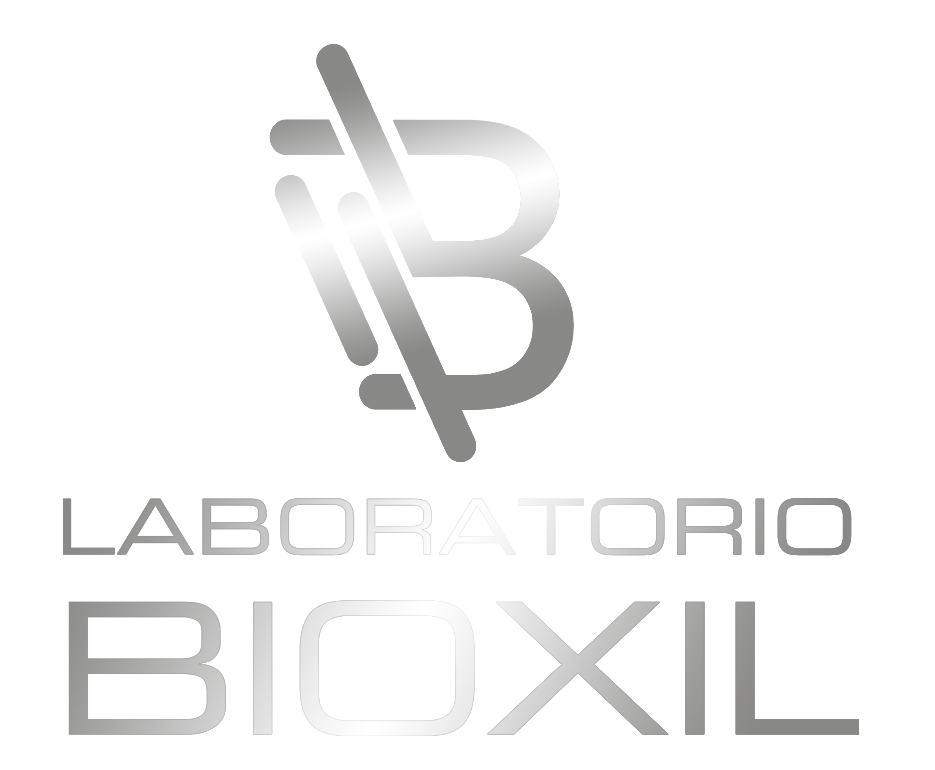How much you make in these positions depends on various factors such as your location, experience and type of employer. It’s important to understand the difference between UI and UX, especially if you’re interested in working on them professionally, because they each require different skill sets. In this article, we explore what these terms mean, how they are related and the difference between UI and UX. UI also includes navigational components, such as sliders, icons, tags, breadcrumbs, search fields, and paginations. This includes progress bars, message boxes, tooltips, and modal windows.

Traditional degrees are another great way to learn UX/UI design skills. Completing a traditional degree program typically requires two to four years of full-time study (or longer if you’re studying part-time). Degrees offer the chance to learn the theory behind UX/UI, while also sampling a variety of other topics the learner may be interested in . In this guide, we will discuss UX design at length, exploring the primary differences between UI and UX, and what designers do for organizations around the world. In this course, you will gain an introduction to the breadth of UX design and understand why it matters.
What does UX stand for and what does it mean?
Learners are advised to conduct additional research to ensure that courses and other credentials pursued meet their personal, professional, and financial goals. Learn about the differences between UI and UX (and which might be a better career for you). While UI and UX often go hand-in-hand with one another, they aren’t exactly the same thing. One deals much more with the intangible aspects of a product’s use, while the other focuses more heavily on the mechanics.
Technical skills can involve strong research, data organization and prototyping skills, as well as basic visual design and coding skills for software development environments. Interpersonal skills include strong communication, collaboration and critical thinking. Even if you have no specific prior experience, you can start getting career-ready with a course or certification in UX design.
pixetic design agency
Does interacting with the app give people the feeling that they are efficiently completing the tasks they set out to do, or does it feel like a struggle? User experience is determined by the ease or difficulty of interacting with UI elements created by UI designers. UX design is a diverse and evolving field, and there’s no one path to a successful career as a UX designer. The overlapping skill sets of many professional fields, including graphic design, devops team structure architecture, interior design, software development, and industrial design, transition well into UX design. As a UX designer working at a smaller company, you’ll likely have a more general role with responsibility for each step of the design process. At a larger company, you might focus on one specialty or facet of UX design, like information architecture, UX research, usability analysis, UX writing, UX engineering, or interaction design.

However, your specialization depends on your skill set and the kind of work you want to do. Design skills are important for both fields, but UI design is very design-focused and a great option for artistic individuals. UX design is great for anyone who wants to solve problems and implement creative solutions. According to the BLS, the digital design industry, which includes UX design, is expected to grow by 11% by 2029. Salary expectations are significant — the median pay for a digital designer in 2020 was $77,200, which is higher than the median pay for the average worker in the United States.
How to become a UX designer
To design for human users also means working with a heightened scope regarding accessibility and accommodating many potential users’ physical limitations, such as reading small text. Which you choose to pursue will depend on your goals and interests. If you’re interested in technology, thrive on variety, and love to solve problems, user experience design might be a good fit.
- UX can consist of a number of elements, such as the design, branding, function, and overall usability of a product.
- UX designers seek to make everyday products, services, and technology as user-friendly and accessible as possible.
- You can read and watch more about UX design from the inventor of the term, Don Norman, on the Nielsen Norman Group website.
- While not essential for UX designers, fundamental visual design and coding skills can help you understand how your design fits in with the greater product development process.
- You can equip yourself with the job-ready skills you’ll need for an entry-level role in UX design.
- Specifically, UX designer responsibilities include strategy development, testing, implementation, and analysis of products/services and their overall designs.
- People often confuse UI vs. UX because the two are closely connected.
This is a great option for anyone looking to learn new skills and make a career change, even if you’re already working full-time. Since UX and UI designers often work closely together, it’s common for UX and UI to be confused with one another — even though they represent different components of a product or service’s design. While there is some overlap between the two roles, there are several key differences to consider. GW UX/UI Boot Camp helps students learn the fundamentals to work in this field.
What are the most important skills in a UX designer?
Consequently, there is no single definition of a good user experience. Instead, a good user experience meets a particular user’s needs in the specific context where they use the product. When comparing UI vs. UX, both develop processes and systems with the user in mind. One focuses on the overall experience, while the other focuses on the opportunities for interaction through visual and auditory mediums. In fact, a user experience designer may uncover insights in their user research that a UI designer might later use to design an interface.

But if the app loads slowly or makes you click through numerous screens to transfer money (UX), it doesn’t matter how good it looks. That’s not an exhaustive list and the work of a UX designer varies based on where they work and the industry they’re in. But, as you can see, UX design covers a variety of tasks and takes many different factors into consideration. The terms are often used together but it’s important to be clear on the difference between them. The term “UX” was invented by Donald Norman, a cognitive psychologist who started working at Apple in the early 1990s. He took on the role of User Experience Architect, making him the first (known) person in history to have UX in their job title.
What is the UX process?
“UX” stands for “user experience.” It describes the quality of the experience an end user has with a specific product, service, company or brand. It’s all about how a user feels when they interact with a product or service and it has a direct impact on a company’s relationship with their customers and target users. Basic UI best practices include keeping things simple, consistent and updated. Berkeley UX/UI Boot Camp can help you tap into this industry and learn the skills to stand out to potential employers.

Emil Lamprecht is the founder of multiple social impact (and other) companies, and research advocate at Yleos, a lightweight qualitative research tool. A founding team member and former CMO of CareerFoundry, Emil also authored CareerFoundry’s original UX courses and related articles. He takes great joy in creating overly detailed analogies in his writing.
How are UX and UI different?
Alternatively, you could redesign a user experience you’ve had in the past that wasn’t as good as it could have been. While not essential for UX designers, fundamental visual design and coding skills can help you understand how your design fits in with the greater product development process. At this stage, you’ll build user personas based on your research to help you identify the most important elements of the product or service.
What Skills Are Required for a UX/UI Designer?
This could include buttons, sliders, graphics, or other interactive elements. UI designers work on specific pages and elements within a product or service. Though they fall under the same umbrella in web design, user experience (UX) and user interface (UI) are two terms that are frequently used interchangeably despite their different purposes and definitions. For aspiring designers, understanding these distinctions are key in establishing general web development knowledge, honing applicable skills, and breaking into the UX/UI design field. UX design is important because it focuses on fulfilling user needs.
Difference between UI and UX
In a professional context “User Experience Designer” has a specific meaning and set of skills, based on a community of practice reaching back over 20 years. In this world, a User Experience Designer is concerned with the conceptual aspects of the design process, leaving the UI designer to focus on the more tangible elements. That’s a broad definition that could encompass every possible interaction a person could have with a product or service—not just a digital experience. Some UX professionals have opted for calling the field customer experience, and others have gone a step further to simply refer to the field as experience design. If you’re ready to get started as a UX designer (or learn more about what UX design is all about), consider the Google UX Design Professional Certificate, available through Coursera. You can equip yourself with the job-ready skills you’ll need for an entry-level role in UX design.

